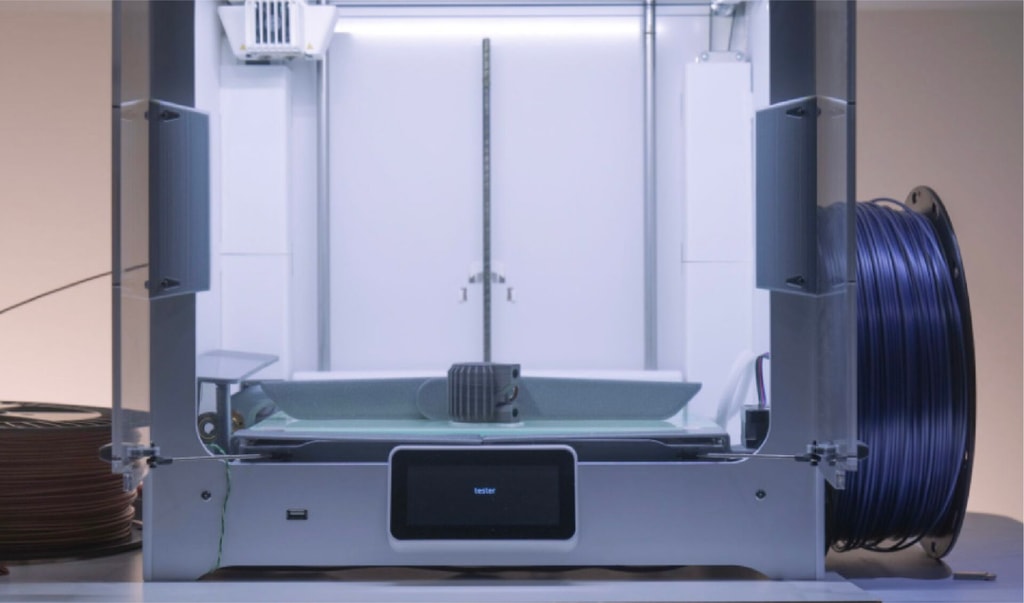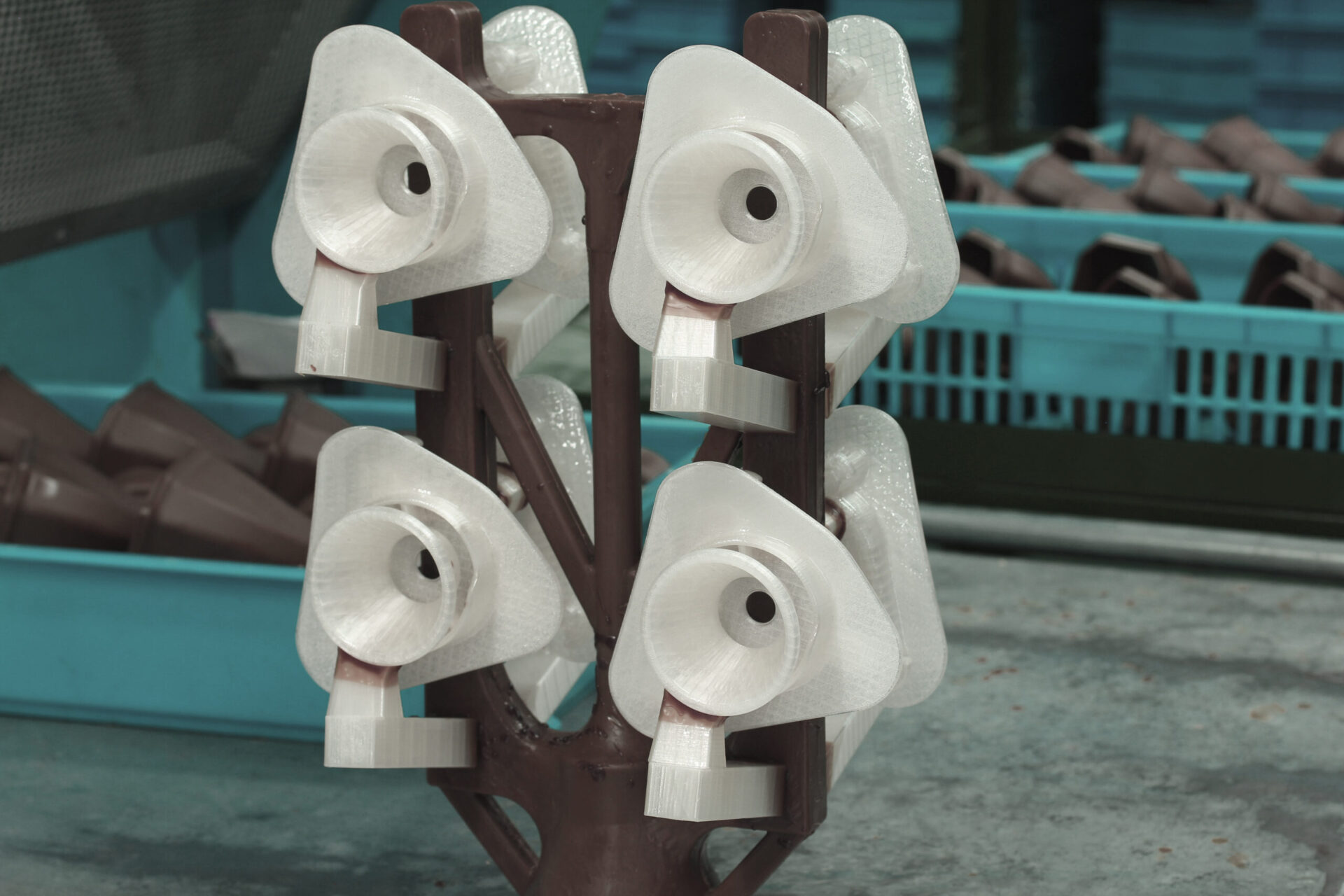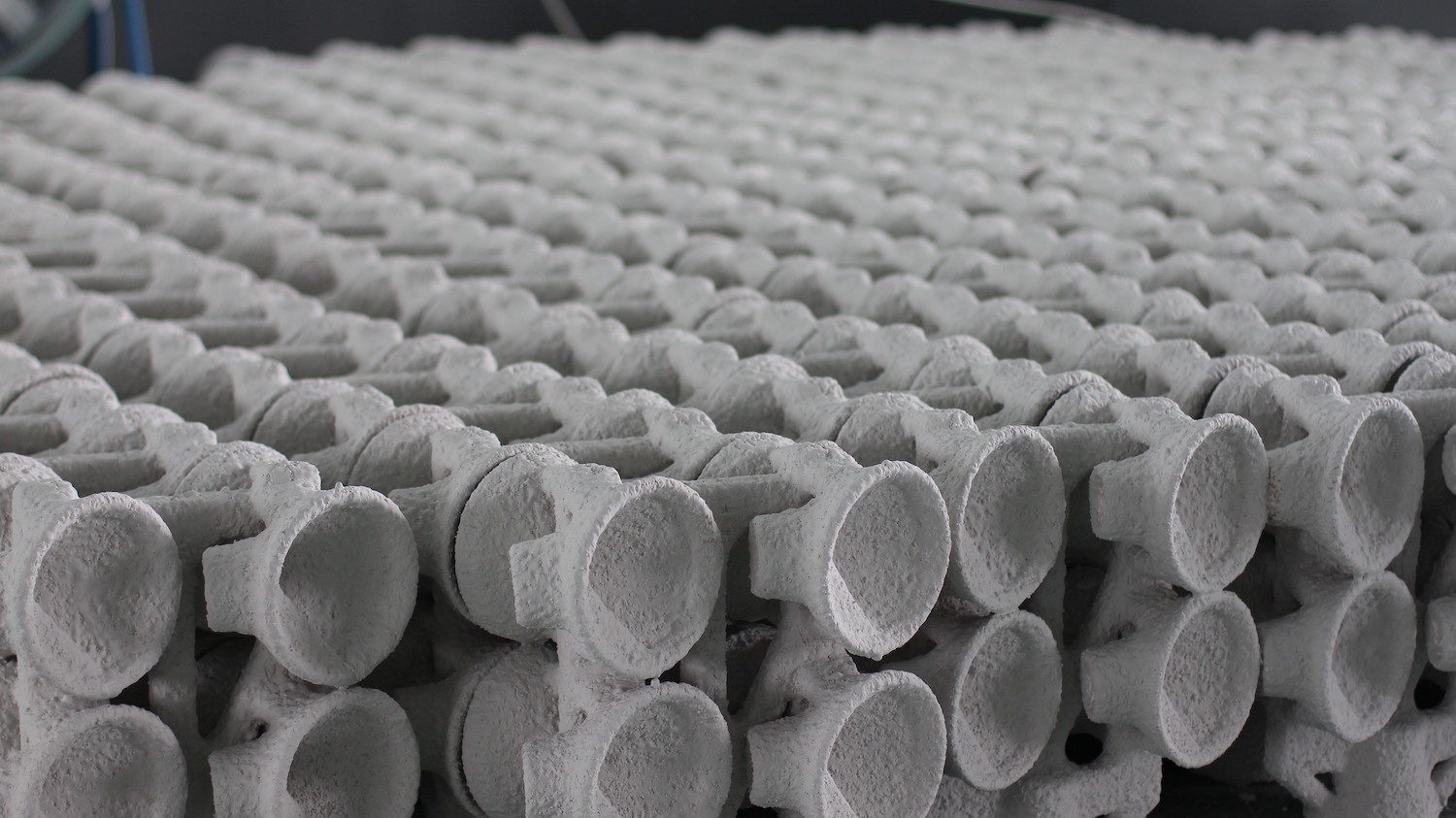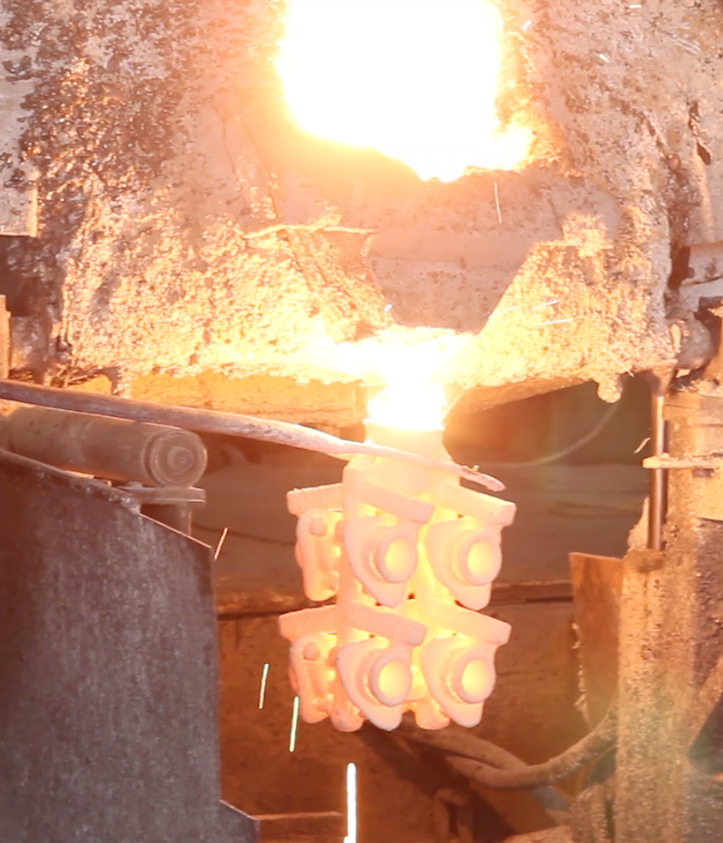
January 20, 2022
One of the main pain points of the traditional investment casting industry is the high cost and lead time associated with creating the tooling required for producing the wax patterns used in the investment casting process. This tooling can be time-consuming and expensive to create, and any modifications or changes to the design can require significant additional time and cost.
Additionally, the wax patterns used in traditional investment casting can be fragile and difficult to work with, requiring a skilled workforce to handle them properly. There can also be limitations in terms of the complexity and intricacy of the patterns that can be produced using traditional methods.
Furthermore, the investment casting process can produce a significant amount of waste material, which can add to the overall cost and environmental impact of the process. Finally, the overall production process can be slow, which can limit the ability of companies to quickly respond to changes in market demand or customer needs.

3D printing technology has the potential to solve several pain points in the traditional investment casting industry.
One major benefit of 3D printing is that it eliminates the need for tooling, significantly reducing lead times and costs. This means that companies can quickly iterate on designs and make modifications without the need for expensive and time-consuming tooling changes.
Another advantage of 3D printing is the ability to create highly complex and intricate patterns that would be difficult or impossible to produce using traditional methods. This opens up new possibilities for design and innovation in the investment casting industry.
In addition, 3D printing enables the production of highly durable patterns that can withstand the stresses of the investment casting process. This means that companies can produce more consistent and reliable castings, improving the overall quality of their products.
Furthermore, 3D printing can significantly reduce waste material and minimize the environmental impact of the investment casting process. With 3D printing, companies can produce only the patterns they need, reducing material waste and improving sustainability.
Finally, 3D printing technology can significantly increase the speed of the investment casting process, allowing companies to respond quickly to changes in market demand or customer needs. Overall, 3D printing technology has the potential to revolutionize the investment casting industry and solve many of the pain points associated with traditional methods.

PolyCast™ is a PVB-based material designed for metal investment casting. It shares a similar formulation with the well-known PolySmooth™ and comes with ash-free technology that enables clean burnout . PolyCast™ leaves an ash residue less than 0.003% after burnout process operated at 600°C. PolyCast™ is also safe and easy to post-process. It is smoothable with IPA in Polysher™, or similar tools.
The PolyCast™ process begins with the creation of a foam pattern in the shape of the desired part. The foam pattern is coated with a refractory material to create a shell mold. The shell mold is then heated to vaporize the foam pattern, leaving behind a cavity in the shape of the part. Molten metal is poured into the cavity and allowed to solidify. Once the metal has solidified, the shell mold is broken away to reveal the finished part.
PolyCast™ is formulated to maintain excellent printability. By simply replace the wax molding with PolyCast™ 3D-printing, one could perform the rest of the investment casting process seamlessly. The nature of 3D printing, however, enables customization and iteration and significantly cuts down both the cost and lead time by eliminating the tooling process. The overall process of investment casting enabled by PolyCast™ is similar to the original process.

Please fill in the form below or if you have other questions are not included in the form, please contact us through [email protected]. We will get back to you soon.
Please fill in the form below or if you have other questions are not included in the form, please contact us through [email protected]. We will get back to you soon.